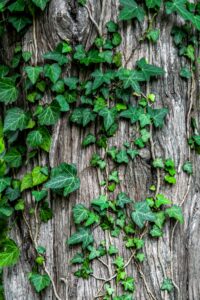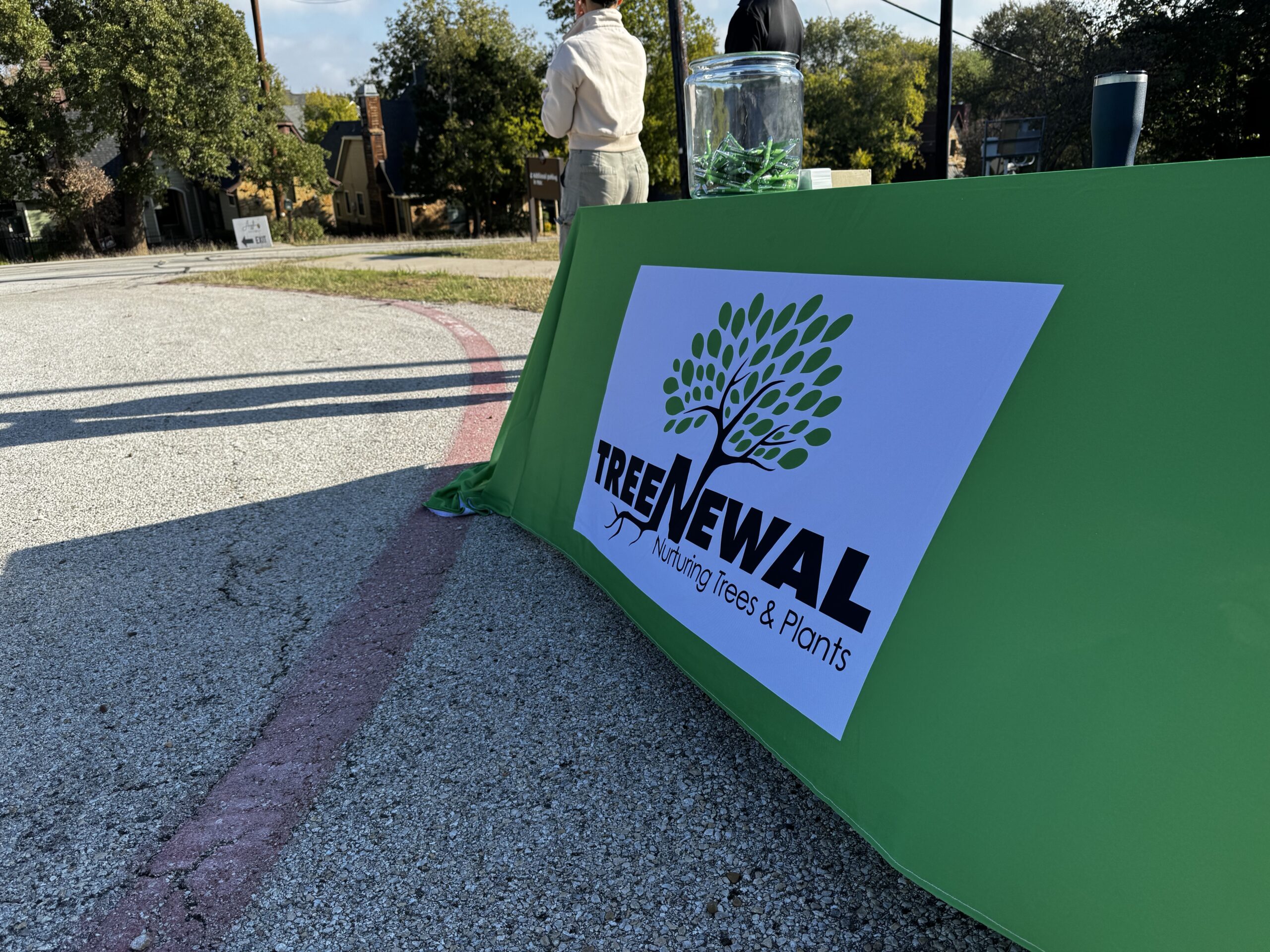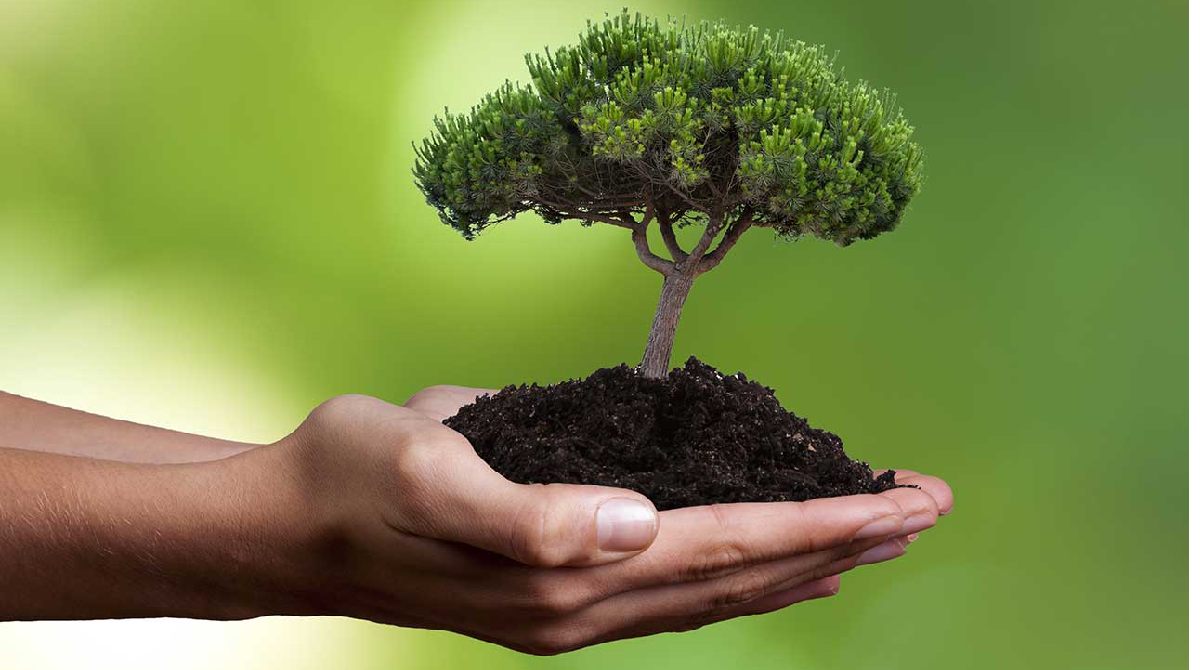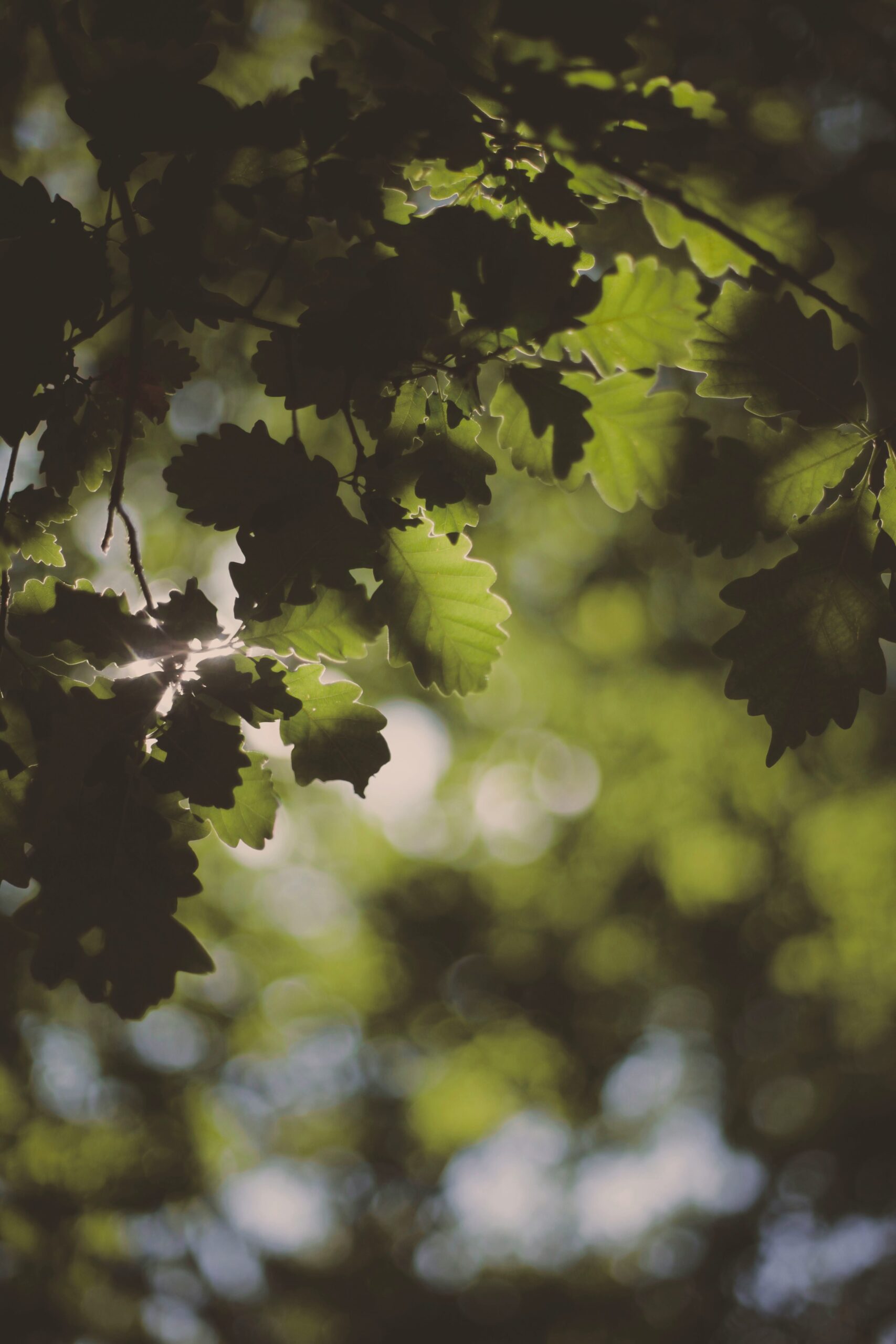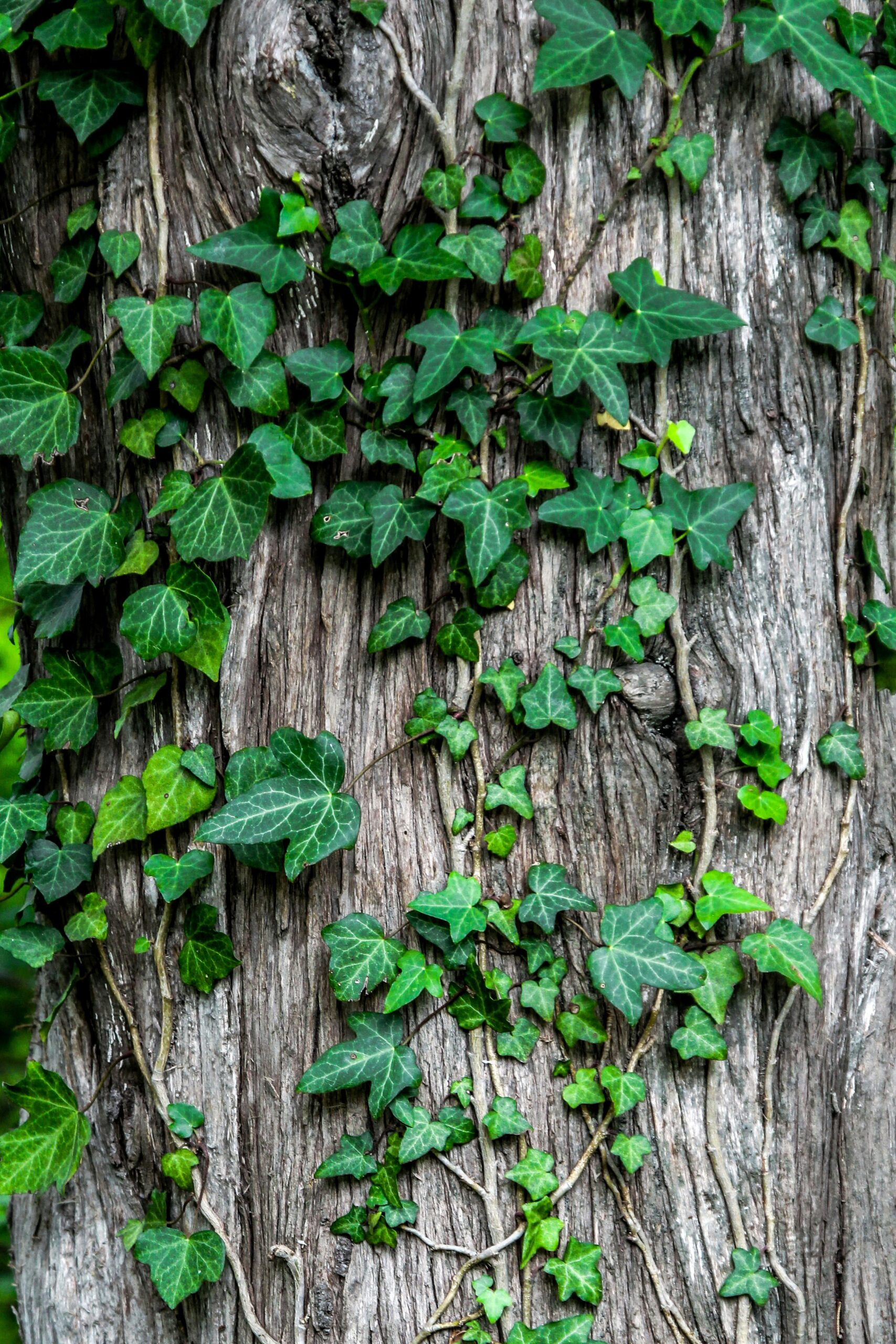
Date October 17, 2024
Trees are more than beautiful additions to the landscape; they’re vital to our ecosystem. Healthy trees provide shade, improve air quality, and enhance property values. Like any living organism, trees face various challenges, from pests to diseases, so regular tree health monitoring is crucial. By keeping an eye on the health of a property’s trees, Grapevine homeowners can catch potential issues before they escalate, ensuring that their green companions remain healthy and vibrant. This handy guide can help Grapevine residents effectively monitor the health of the trees on their property.
The Importance of Tree Health Monitoring
Image via Unsplash by Kim Teves
Monitoring and managing tree health can significantly reduce disease risk and pest infestations. Regular assessments help catch problems early, allowing property owners to act before more significant issues develop. This proactive approach improves a property’s curb appeal and extends the life span of trees, minimizing the likelihood of a tree dying, falling, or causing damage to a home or yard.
Healthy trees contribute to a safer environment, reduce maintenance costs, and enhance the overall beauty of the landscape. Trees are crucial in removing carbon from the atmosphere, providing oxygen, and improving air quality. Monitoring tree health protects a property owner’s investment and contributes to a healthier planet.
Regular tree health assessments should include visual inspections for signs of distress, such as leaf discoloration, unusual growth patterns, or visible pest activity. Factors such as soil quality and watering practices also need evaluation. By staying ahead of potential threats, homeowners ensure their property’s trees continue to thrive.
Common Pests and Diseases in Grapevine
Several pests threaten tree health in Grapevine. Common culprits include fall webworms, oak gall insects, and giant bark aphids. These pests can weaken trees, making them more susceptible to diseases. Infestation symptoms include oozing sap or the presence of insects. Property owners should promptly address these issues. Treatment methods often include targeted insecticides, natural remedies such as neem oil, or the introduction of beneficial insects that prey on these pests. Maintaining a clean environment around trees by removing fallen leaves and debris can also help prevent infestations.
On the disease front, Grapevine trees face threats such as Oak Wilt and Phytophthora Root Rot. Oak Wilt typically shows symptoms such as leaf discoloration and premature leaf drop, while Phytophthora Root Rot manifests as yellowing leaves and cankers at the base. Diseases impact a tree’s health and productivity. Trees affected by diseases may produce fewer fruits, become more susceptible to other diseases, or die prematurely. Preventive measures include proper pruning techniques and good water management to prevent root rot.
Regular tree health monitoring is essential for homeowners who want to protect their trees from pests and diseases. Understanding and quickly treating these issues helps maintain the integrity and wellness of a property’s trees, ensuring they thrive. If you’re unsure where to start, TreeNewal’s ISA-certified arborists are here to help. They can guide you through tree health monitoring and assist you in treating common pests and diseases.
